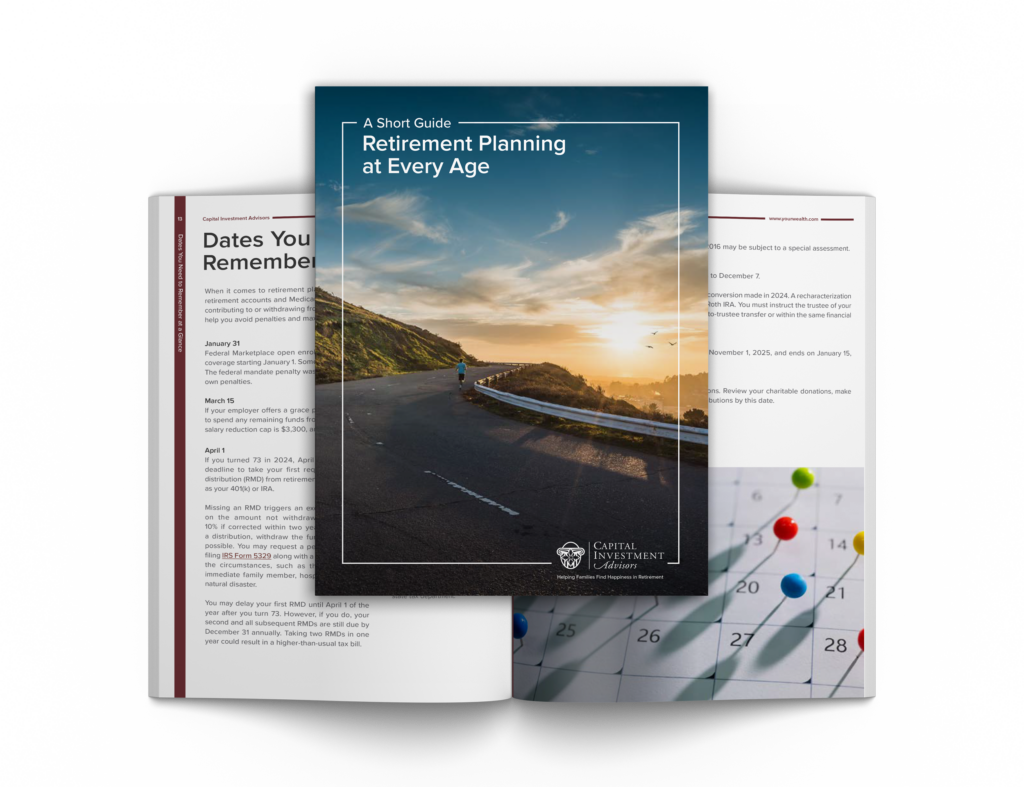Ah, the new year. Time to look forward, think strategically and make (or revise) your investment plans — both long- and short-term.
So, where are the markets headed in 2017 and beyond? Let’s go back a few years for perspective — to 1492, specifically. Or 1513. Or 1534.
History buffs, and certain elementary schoolers, including my son, will recognize those as the years in which Europeans made significant discoveries in the New World. What does this have to do with investing in the 21st century? Stay with me.
Investing for your future is a journey. The most important part of any journey is starting off in the right direction. If you live in Atlanta and want to visit Miami, you’ve got to head in a southerly direction, or you’ll just never get to South Beach.
All the important European explorers have one thing in common: They sailed west. Some, like Columbus, went southwest and hit the Caribbean islands. Others took more northwesterly courses and “discovered” places like Florida, and Newfoundland. Eventually, it became pretty clear that there was pretty much always a nice payoff if you generally headed west.
Now, that payoff only came after weeks or months of staying the course — regardless of perilous storms, horrible food, and dreadful living conditions.
As an investor, you need to have your own long-term sailing plan if you want to reach a New World of financial security. You don’t have to chart out every mile and day of the journey. Things change too much and too quickly for that. But you should chart out the big picture — the principles that will guide your journey.
Wouldn’t it be nice if there was a “West” in investing — a general direction that offered the promise of success? While that remains a dream, it is possible, based on historical data, to spot trends that our portfolios can ride toward growth, just as the explorers’ ships rode favorable winds and tides.
Here are some trends and cycles that will be important in 2017 and beyond. The cycles tend to be very long — either up for many years with each major asset class plowing higher and higher, or down for an extended period as assets slide lower and lower.
The NDR Group, a research firm, has done a very good job of detailing what these cycles look like. Identify the past cycles, and you can get a good sense of where we stand now, and what the next several years might look like for each of the major areas of investment: stocks, bonds, and commodities.
Understanding these patterns can give us an idea if an asset class is effectively heading up or down.
So let’s look at these cycles. Then look at your portfolio to see if you have the right overall direction punched into the guidance system of your 401(k), IRA and investment accounts.
Stocks work in long-term patterns of about 12 ½ years. That’s the average for long-term up trends. Down trends are similarly long. Secular bear markets average about 13 years, inflicting about a 4 percent loss per annum.
Secular bull markets average about 15 percent gain per year. And right now, we are just shy of eight years into one of these long-term bulls. So, we may well have about four years left before this bull is completely worn out.
Bonds work in even longer patterns. Close to 30 years — 29 to be exact. Here we have to remember that the interest or payments we receive from bonds are always a positive contributor to our bond holdings. However, the price of bonds will fluctuate either up or down, depending on the direction of interest rates. And since bond prices move inversely with rates when interest rates move lower, let’s say from 8 percent down to 3 percent, bond prices will have a tailwind. When the general direction of interest rates is to move higher, bond prices will face headwinds. That being said, we likely just started a bond bear market. This past summer saw some of the lowest 10-year government bond rates on record, and have moved higher ever since. If this trend continues, bonds will be in for a long slog.
Commodity cycles are right in between stocks and bonds, running between 16 and 20 years. For this discussion, think of measuring a broad spectrum of commodity prices, i.e., oil, coal, natural gas, metals, and agriculture. On average, commodity bear market cycles result in a 51 percent price decline. Commodity bull markets average a 217 percent gain. Right now, we are in year six of a commodity bear that began in 2010.
This one has a long way to go — another ten years or so, and many areas of the commodity complex have already fallen 50 percent or more. Remember, the average commodity bear pullback is only 51 percent so that we may be closer to a bottom here. But know that there could be years of flat prices ahead.
So, if you want to head west in the coming years, owning stocks is likely the pathway to take. With bonds, for the time being, stick with the short-term, and floating rate sectors. And if you are going to own commodities, make sure there’s a yield involved to at least generate income along what looks to be a long, choppy path.
Read the original AJC article here.
DISCLOSURE
This information is provided to you as a resource for informational purposes only. It is being presented without consideration of the investment objectives, risk tolerance or financial circumstances of any specific investor and might not be suitable for all investors. Past performance is not indicative of future results. Investing involves risk including the possible loss of principal. This information is not intended to, and should not, form a primary basis for any investment decision that you may make. Always consult your own legal, tax or investment advisor before making any investment/tax/estate/financial planning considerations or decisions.










